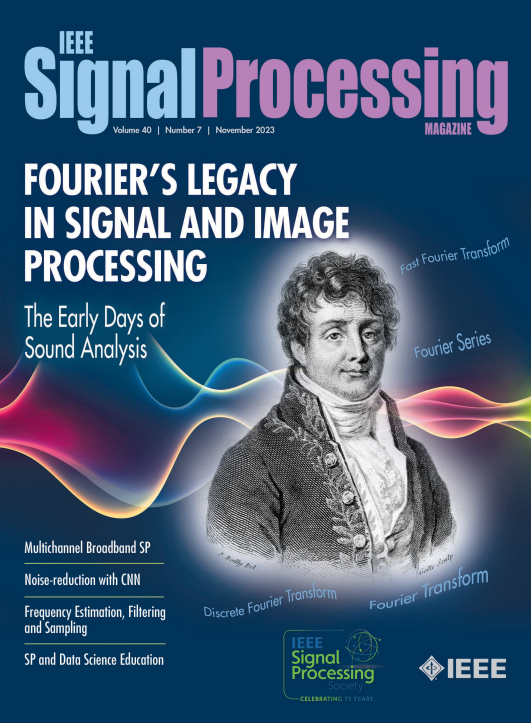Neural Kalman Filters for Acoustic Echo Cancellation: Comparison of deep neural network-based extensions [Special Issue On Model-Based and Data-Driven Audio Signal Processing]
IF 9.6
1区 工程技术
Q1 ENGINEERING, ELECTRICAL & ELECTRONIC
引用次数: 0
Abstract
Kalman filtering is a powerful approach to adaptive filtering for various problems in signal processing. The frequency-domain adaptive Kalman filter (FDKF), based on the concept of the acoustic state space, provides a unifying solution to the adaptive filter update and the related stepsize control. It was conceived for the problem of acoustic echo cancellation and, as such, is frequently applied in hands-free systems. This article motivates and briefly recapitulates the linear FDKF and investigates how it can be further supported by deep neural networks (DNNs) in various ways, specifically to overcome the challenges and limitations related to the usually required estimation of process and observation noise covariances for the Kalman filter. While the mere FDKF comes with very low computational complexity, its neural Kalman filter variants may deliver faster (re)convergence, better echo cancellation, and even exceed the FDKF in its excellent double-talk near-end speech preservation both under linear and nonlinear loudspeaker conditions. To provide a synopsis of the state of the art, this article contributes a comparison of a range of DNN-based extensions of FDKF in the same training framework and using the same data.声学回声消除的神经卡尔曼滤波器:基于深度神经网络扩展的比较[基于模型和数据驱动的音频信号处理特刊]
卡尔曼滤波是一种强大的自适应滤波方法,适用于信号处理中的各种问题。频域自适应卡尔曼滤波(FDKF)基于声学状态空间的概念,为自适应滤波更新和相应的步长控制提供了统一的解决方案。它被设想为声学回声消除的问题,因此,经常应用于免提系统。本文激发并简要概述了线性FDKF,并研究了如何以各种方式进一步支持深度神经网络(dnn),特别是克服与卡尔曼滤波器通常需要的过程和观测噪声协方差估计相关的挑战和限制。虽然单纯的FDKF具有非常低的计算复杂度,但其神经卡尔曼滤波器变体可以提供更快的(再)收敛,更好的回声消除,甚至在线性和非线性扬声器条件下,其出色的双音近端语音保存甚至超过FDKF。为了提供最新技术的概要,本文对相同训练框架下使用相同数据的一系列基于dnn的FDKF扩展进行了比较。
本文章由计算机程序翻译,如有差异,请以英文原文为准。
求助全文
约1分钟内获得全文
求助全文
来源期刊

IEEE Signal Processing Magazine
工程技术-工程:电子与电气
CiteScore
27.20
自引率
0.70%
发文量
123
审稿时长
6-12 weeks
期刊介绍:
EEE Signal Processing Magazine is a publication that focuses on signal processing research and applications. It publishes tutorial-style articles, columns, and forums that cover a wide range of topics related to signal processing. The magazine aims to provide the research, educational, and professional communities with the latest technical developments, issues, and events in the field. It serves as the main communication platform for the society, addressing important matters that concern all members.
 求助内容:
求助内容: 应助结果提醒方式:
应助结果提醒方式:


